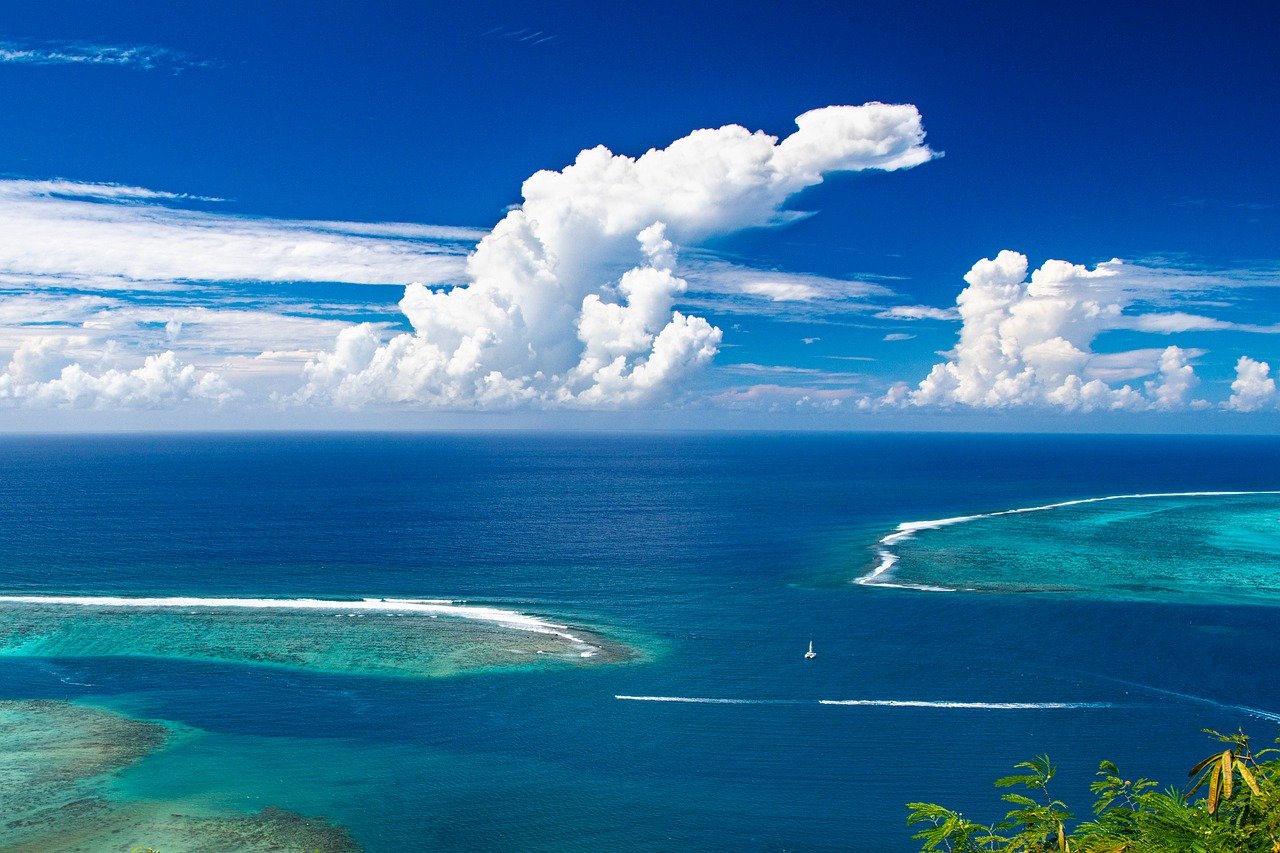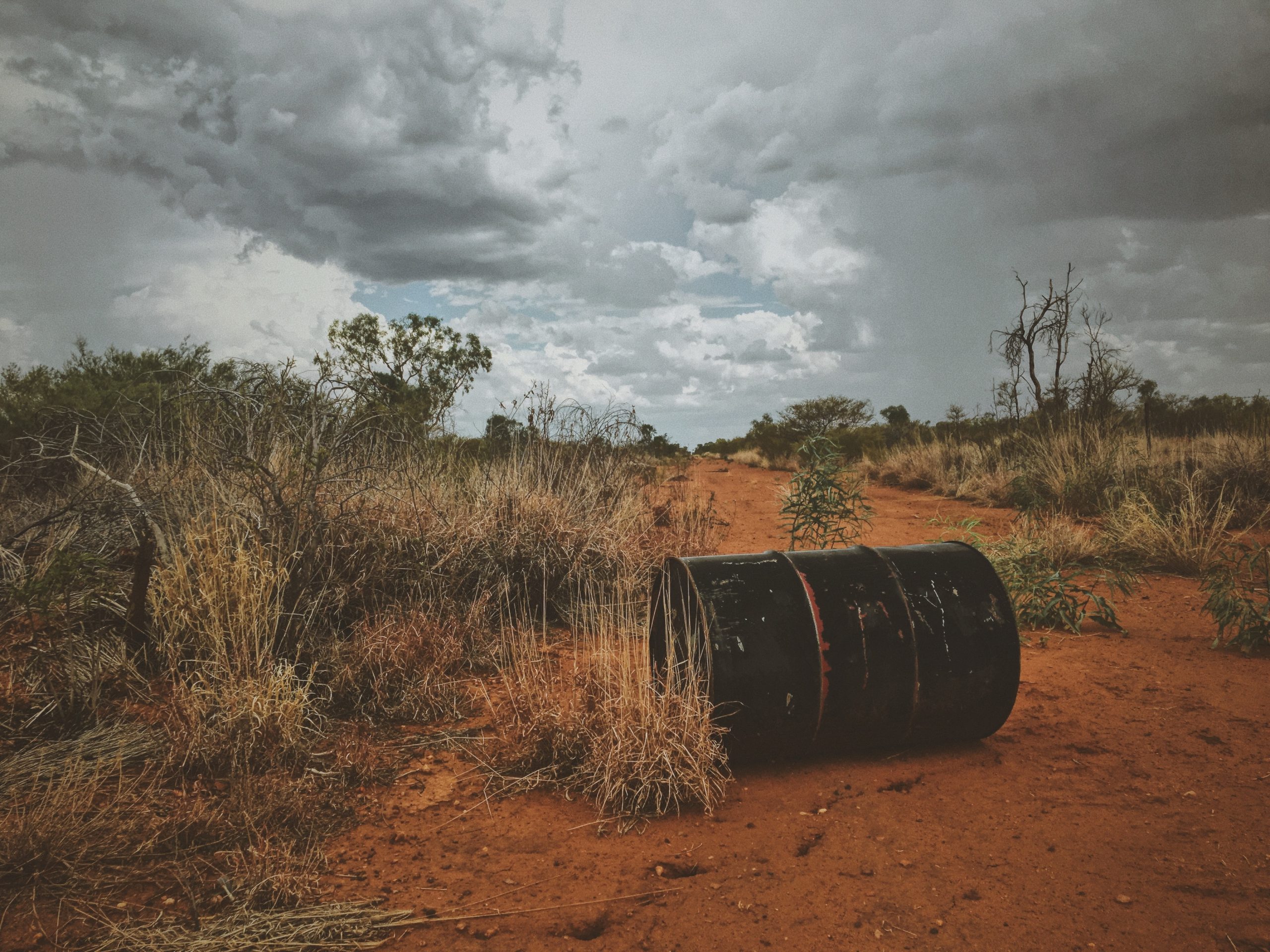State of Play

Realising the impact that the fossil fuel-dominated energy supply on the Pacific region and the world, the PICT communities and governments are committed to a decarbonised future. A primary concern for the PICTs, as evidenced by their targets outlined in their Nationally Determined Contributions (NDCs), is to both (i) increase the access to clean-renewably sourced electricity/energy in remote and isolated communities, and (ii) enhance the penetration of clean energy across the entire end-use spectrum. However, there are still complex implementation challenges involving technical, social, and financial barriers facing these ambitious energy targets.

The use of fossil fuels in these key domestic sectors roughly equates to at least 23 million barrels of diesel equivalent per year, which might potentially be replaced through electrification with renewables, as well as by green hydrogen or derivatives in the Pacific Islands. The major energy consumer markets for fossil fuels in the PICTs are electricity generation, land, air, and maritime transport. Creating a significant opportunity for hydrogen and derivatives:






